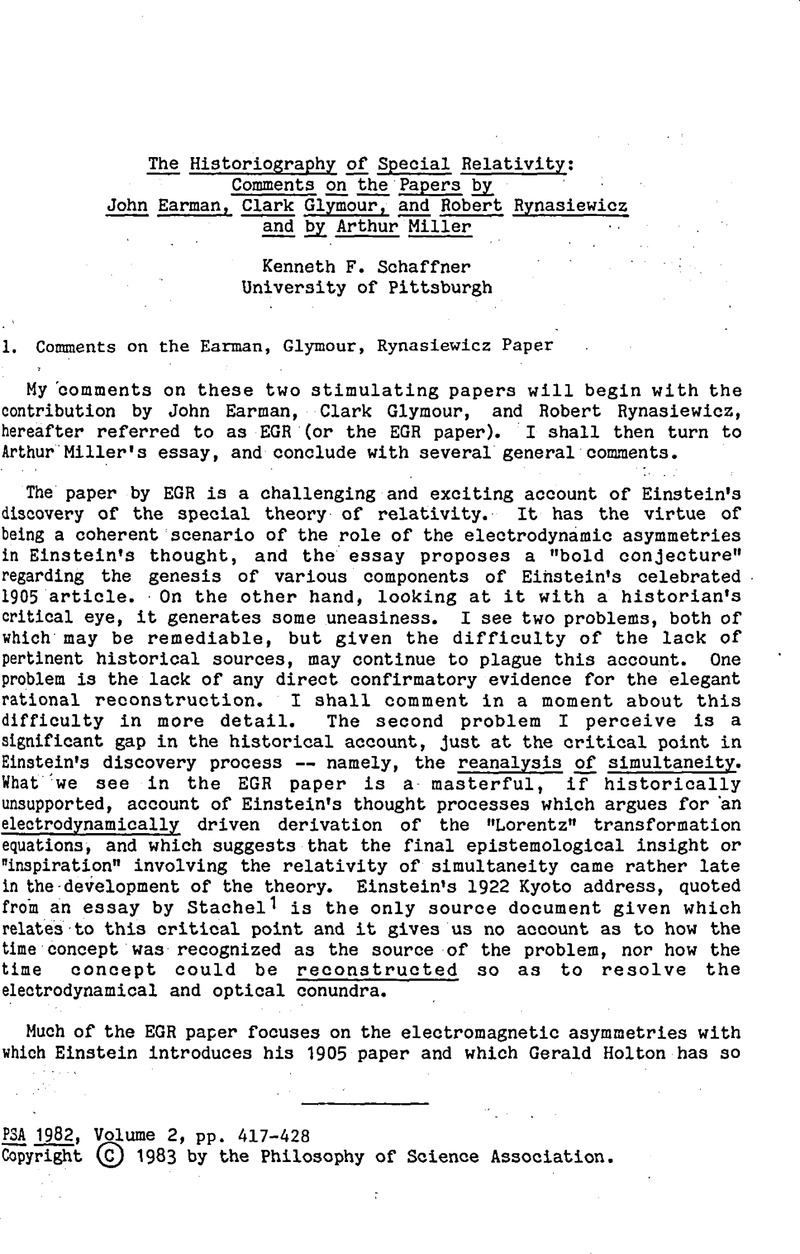Crossref Citations
This article has been cited by the following publications. This list is generated based on data provided by Crossref.
Stachel, John
1995.
Twentieth Century Physics.
p.
249.





